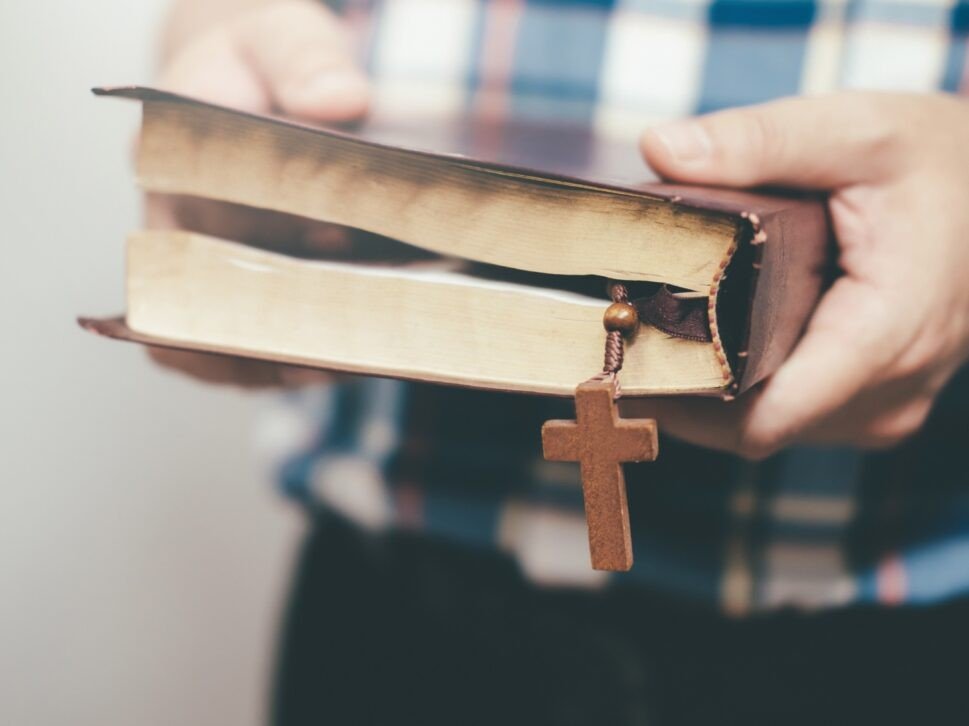Iconoclasm là gì?
Iconoclasm literally means “icon-breaking,” which includes the religious as well as political destruction of images or monuments, usually—though not always—those of another religious group. Iconoclasm is frequently a component of major domestic political or religious changes. Iconoclasm is the belief that there should not be religious pictures or sacred images or religious monuments because they are seen as a form of idolatry. People who engage in or support iconoclasm are called “iconoclasts,” a term that has come to be applied figuratively to any person who breaks or disdains established dogma or conventions. Conversely, people who revere or venerate religious images are called “iconolaters.” In a Byzantine context they are known as “iconodules” or “iconophiles.”
Though iconoclasm may be carried out by people of different religions, it is often the result of sectarian disputes between factions of the same religion. For example, the making of portraits of Christ and the saints was opposed in the early Christian church, but icons had grown to become a very popular form of worship by the end of the 6th century. The defenders of icon worship emphasized the symbolic nature of the images. There was opposition to this worship which led to the “iconoclastic controversy” by the Byzantine emperor Leo II in A.D. 726. This controversy continued in the Eastern Church for more than a century before icons were once again accepted.
The iconoclastic controversy stimulated the Byzantine artists to strive for spiritual revelation in religious art rather than for naturalistic representation. The churches of the Eastern Orthodox Church are generally decorated only with flat pictures, bas-reliefs, and mosaics. Iconoclasm was also a feature of the Protestant Reformation. The Puritans were especially hostile to the use of religious images, and some Protestants still consider their use idolatrous.
Ngươi chớ làm tượng chạm cho mình, cũng chớ làm tượng nào giống những vật trên trời cao kia, hoặc nơi đất thấp nầy, hoặc trong nước dưới đất.
Xuất Ê-díp-tô Ký 20:4
In Christianity, iconoclasm has generally been motivated by a literal interpretation of the Ten Commandments, which forbid the making and worshiping of “graven images” (see Exodus 20:4). Statues and portraits of saints and religious figures were also common in the Western church, though some Protestant sects eventually rejected them. Islam still bans all icons, and iconoclasm has played a role in the conflicts between Muslims and Hindus in India.
* Kinh Thánh Tham Khảo:
Xuất Ê-díp-tô Ký 20:4 - Ngươi chớ làm tượng chạm cho mình, cũng chớ làm tượng nào giống những vật trên trời cao kia, hoặc nơi đất thấp nầy, hoặc trong nước dưới đất.
* Bản Dịch theo GotQuestions
* Nếu bạn cảm thấy bản dịch này chưa đúng hoặc chưa phù hợp, xin hãy liên hệ và đóng góp bản dịch mới.
* Nếu bạn cảm thấy bản dịch này chưa đúng hoặc chưa phù hợp, xin hãy liên hệ và đóng góp bản dịch mới.
Nếu bạn thích trang này, xin hãy giúp chúng tôi chia sẽ cho bạn bè:
